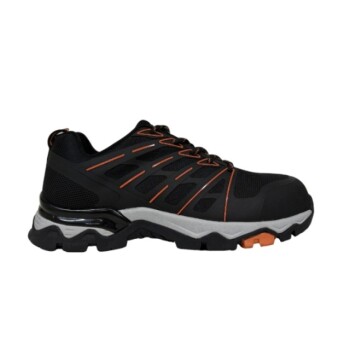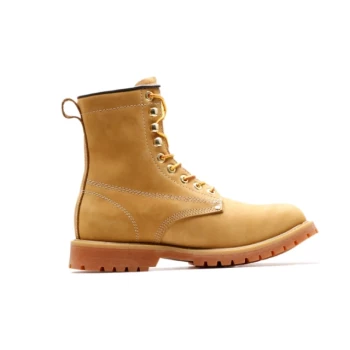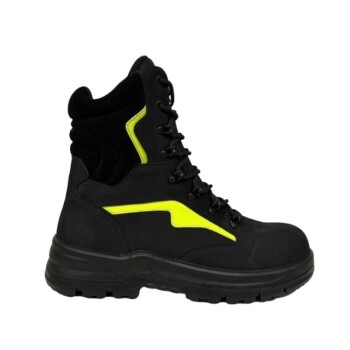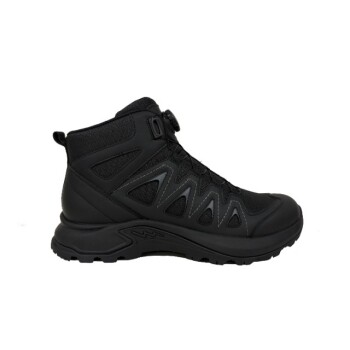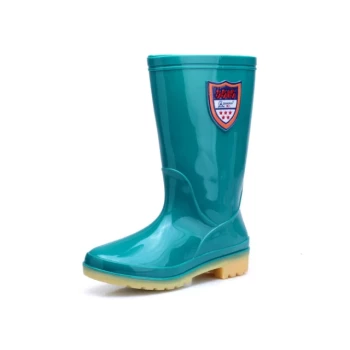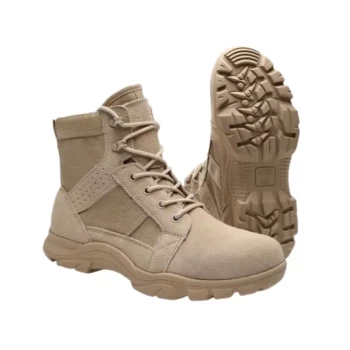For wildland firefighters, the primary hazards are a complex mix of immediate physical dangers and insidious, long-term health threats. They face obvious risks like burns and heat-related injuries, but also frequent musculoskeletal injuries from treacherous terrain, dangers from equipment, and critical long-term health consequences from inhaling carcinogenic smoke and working irregular schedules.
The greatest challenge in understanding firefighter safety is recognizing that the most visible hazard—the fire itself—is only one part of a much larger ecosystem of risk that includes the environment, the equipment, and the very air they breathe.
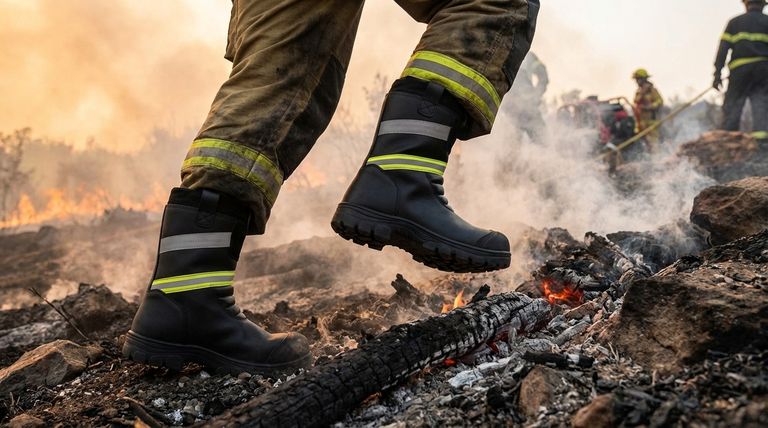
Immediate, On-the-Ground Dangers
The most apparent threats are those present during active firefighting operations. These hazards are direct, tangible, and can cause immediate, severe injury.
Direct Fire and Heat Exposure
The most obvious danger is the fire itself. Burns and other heat-related illnesses like heat stroke and exhaustion are a constant risk due to extreme environmental temperatures and intense physical exertion.
The Treacherous Environment
Wildland firefighters operate on steep, unstable, and often remote terrain. This environment makes slips, trips, and falls a frequent cause of injury, leading to sprains, strains, and fractures.
Equipment and Machinery Risks
The tools of the trade, from chainsaws to hand tools like pulaskis, carry their own inherent risks. Safe and effective operation in a high-stress, low-visibility environment requires constant vigilance to prevent equipment-related injuries.
The Invisible, Long-Term Threats
Some of the most serious hazards are not immediately apparent. These threats accumulate over a career, leading to chronic disease and other long-term health complications.
Carcinogenic Smoke Inhalation
Wildfire smoke is a toxic mixture of gases and fine particles from burning vegetation and, in the wildland-urban interface, man-made materials. This smoke contains known carcinogens.
Continuous exposure without respiratory protection significantly elevates the risk of cancer and chronic diseases. Assessments consistently examine the impact on lung function, inflammation, and oxidative stress over fire seasons.
The Physiological Toll of the Job
The demanding nature of the work itself introduces significant health risks. The International Agency for Research on Cancer classifies night shift work as 'probably carcinogenic to humans', representing another cancer risk factor for firefighters working extended schedules.
Understanding the Trade-offs
Mitigating every risk in a wildland environment is impossible. Firefighters and their agencies must constantly balance safety with operational necessity.
The Respirator Dilemma
Unlike structural firefighters, wildland crews typically do not wear self-contained breathing apparatus (SCBA) or even standard respirators. This is a critical trade-off.
Respirators that could filter carcinogenic smoke are often too hot, heavy, and bulky for crews covering long distances on foot in extreme heat. The gear could increase the risk of heat stress and physical exhaustion, creating a different set of life-threatening problems.
Making the Right Choice for Your Goal
Understanding this full spectrum of risk is essential for anyone involved in wildland fire, from the firefighter on the line to the policymakers who support them.
- If your primary focus is personal safety: You must account for both the immediate traumatic risks and the cumulative, long-term health impacts of smoke and fatigue.
- If your primary focus is agency leadership: The challenge is to balance operational effectiveness with mitigating the chronic health risks that develop over a firefighter's entire career.
- If your primary focus is public policy: Support must be directed not just at fire suppression, but at the research, technology, and health monitoring needed to protect the long-term well-being of firefighters.
Ultimately, protecting wildland firefighters requires looking far beyond the flames to address the full range of hazards they face.
Summary Table:
| Hazard Category | Key Risks |
|---|---|
| Immediate Dangers | Burns, heat stress, slips/falls, equipment injuries |
| Long-Term Threats | Cancer from smoke inhalation, chronic disease, shift work risks |
| Key Challenge | Balancing respiratory protection with heat stress and mobility |
As a large-scale manufacturer, 3515 produces a comprehensive range of safety footwear and boots for distributors, brand owners, and bulk clients. Our gear is designed to support those who face extreme conditions, providing durability and protection on treacherous terrain. If you supply equipment to wildland firefighters or other demanding professions, let's discuss how our production capabilities can meet your needs for reliable, high-performance footwear. Contact us today to explore partnership opportunities.
Visual Guide
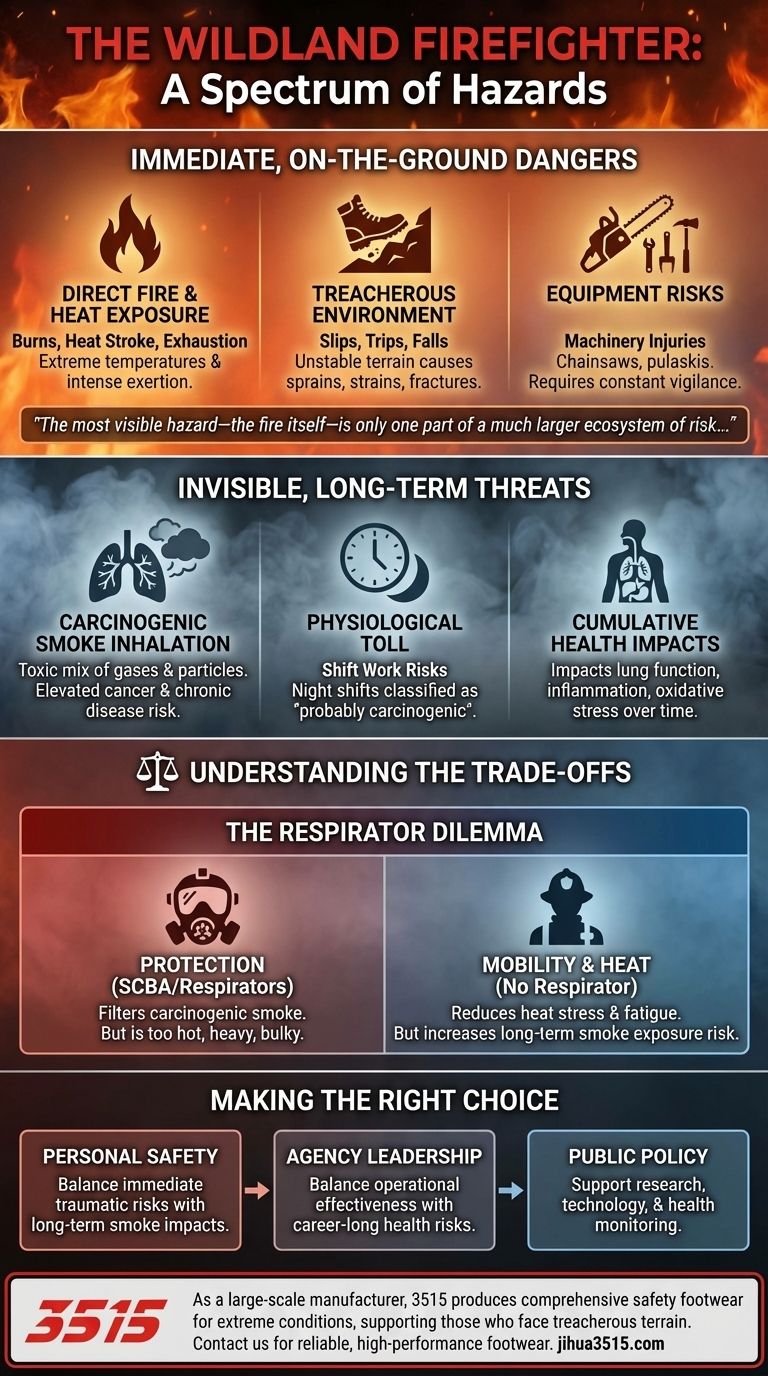
Related Products
- High Performance Fire-Retardant Waterproof Safety Boots
- Safety Footwear Wholesale Manufacturer for Custom OEM/ODM Production
- Premium High-Cut Waterproof Safety Boots Manufacturing & Wholesale Solutions
- Premium Flame-Retardant Waterproof Safety Boots and Shoes
- Premium Grain Leather Safety Boots for Bulk Supply
People Also Ask
- Why is safety the top priority when selecting oilfield work boots? Essential Protection for High-Risk Environments
- Why are professional safety shoes required during heavy-duty girder erection? Essential Protection for Infrastructure
- What are the core advantages of using impact-resistant safety shoes in dairy farm mechanical work zones?
- What is the core protective function of steel-toe safety shoes in preventing lower limb injuries caused by chainsaws?
- What safety standards should oilfield work boots meet? Ensure OSHA & ASTM F2413 Compliance










